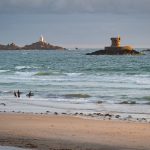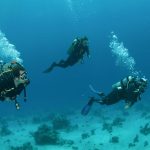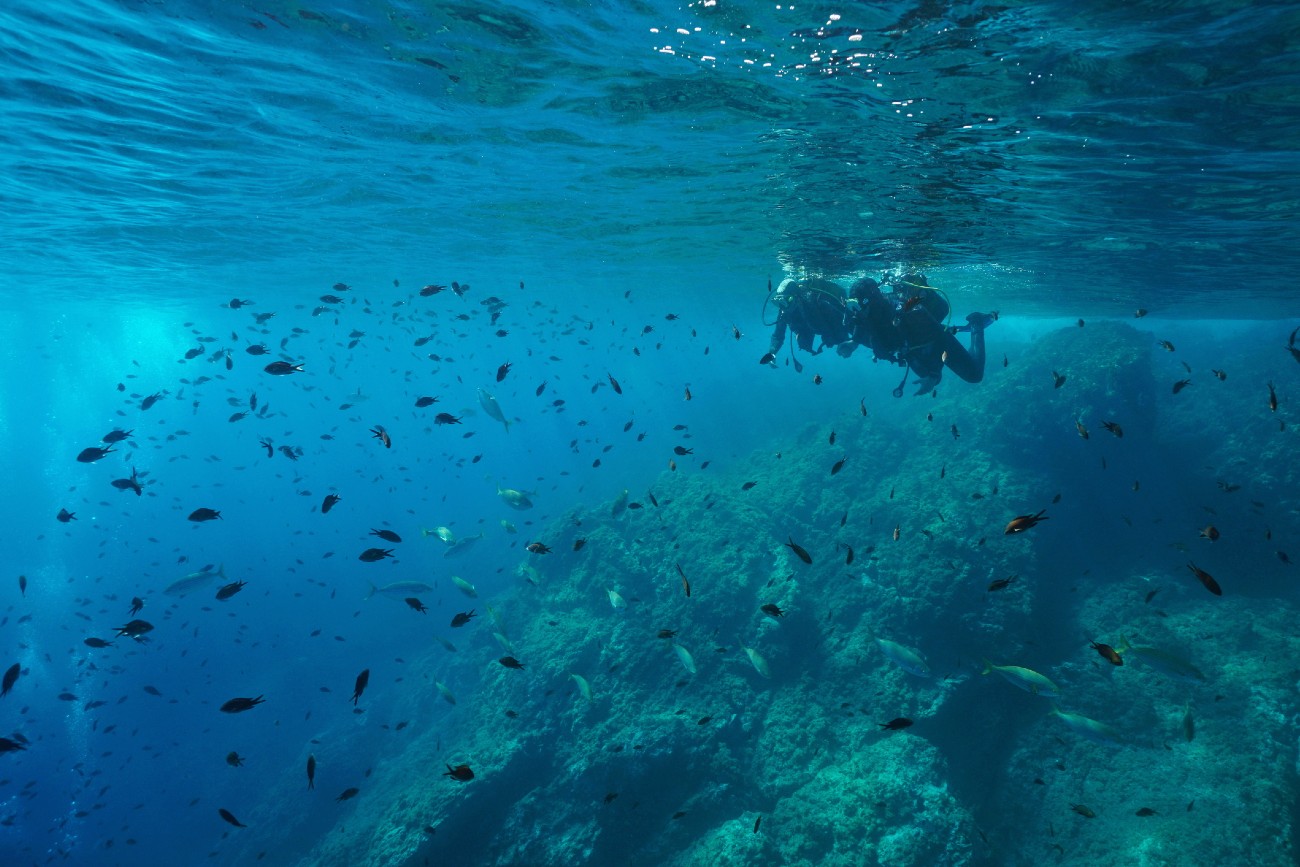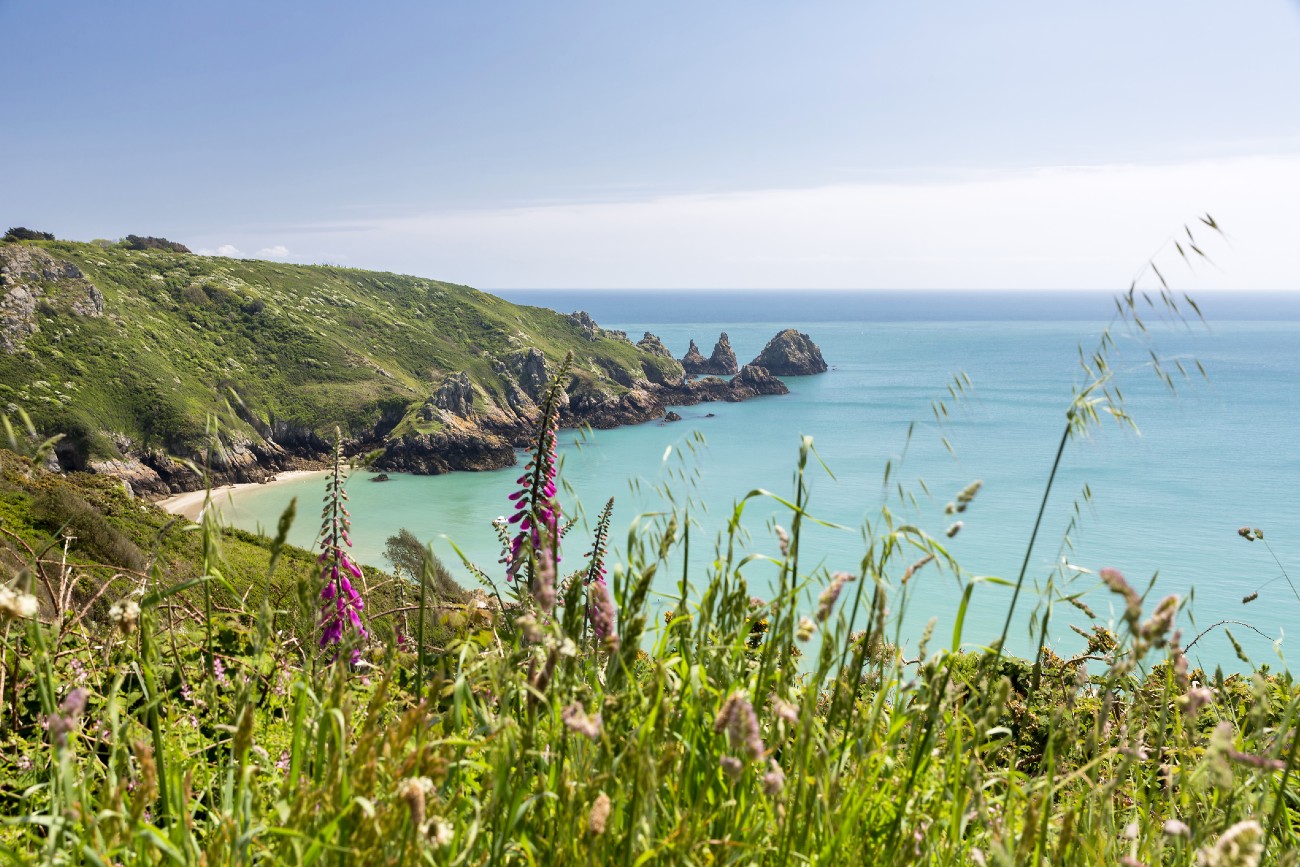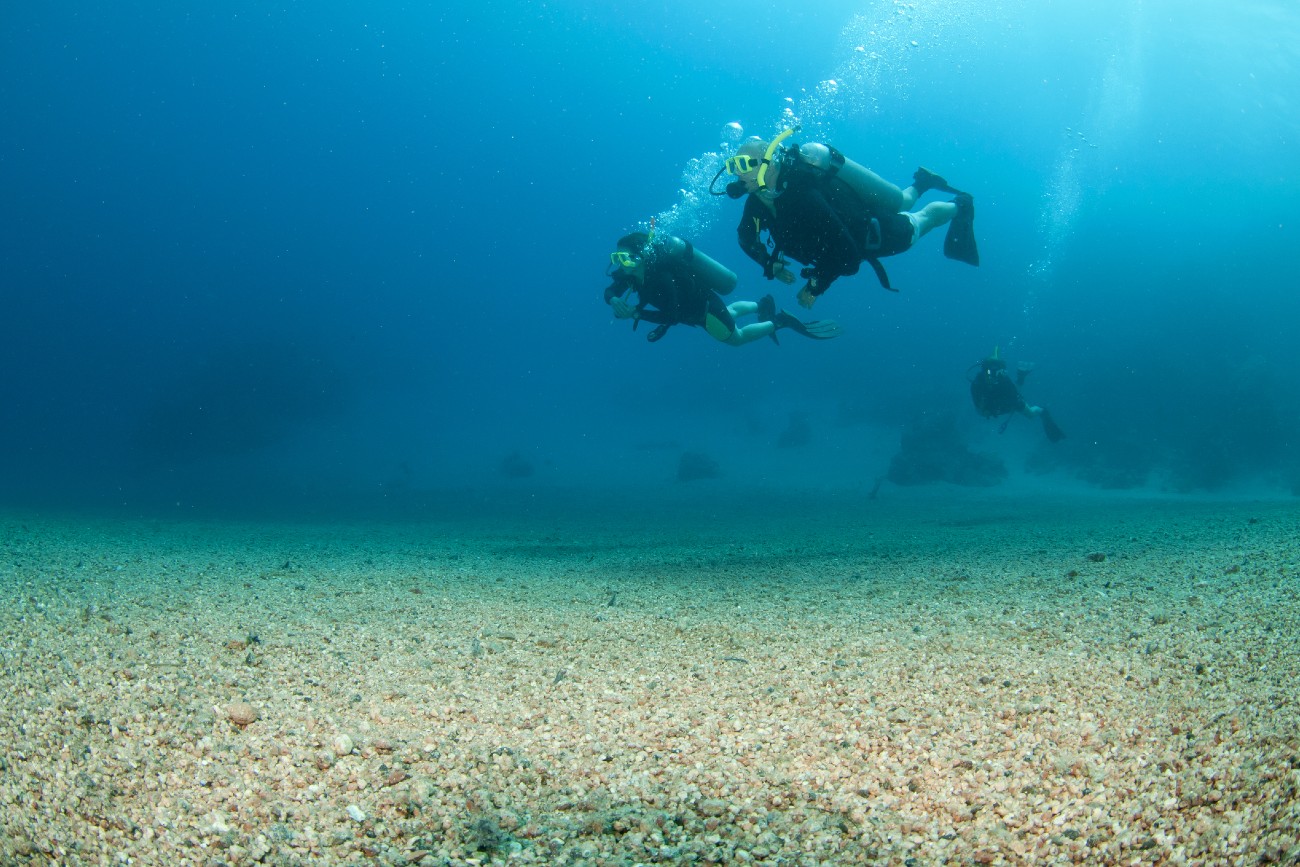
When it comes to scuba diving in the Channel Islands, Alderney is one of the less popular islands, mainly due to its location. The majority of dive companies in the Channel Islands operate from Guernsey and Jersey, meaning it is more difficult to arrange diving trips in Alderney, which is situated far to the north. Alderney also has a very large tidal stream of up to 12 knots (14 mph), which makes diving conditions challenging.
However, boat trips can be arranged and there are a number of places around the island which are prime for exploring. Sea temperatures during summer in Alderney usually range between 13°C and 16°C, which are generally pleasant for diving. In addition, the marine life is diverse and there are a few species to see here which are rarer in other parts of the Channel Islands. As fewer people dive in Alderney, there is always the excitement that you might find something new.
Renonquet and Ortac
To the north-east of Alderney, there is a tiny island called Burhou, which is mainly known for its colonies of puffins and seals. The island is surrounded by a large reef, which roughly covers a similar area to the island itself. Seals can often be seen in and around the reef hunting for the fish and invertebrates that make up the area’s rich biodiversity.
Slightly further north-west from Burhou is the Renonquet Reef. This site is very exposed and there is little shelter from the waves, making the tidal streams dangerous at times. The reef at Renonquet is rocky and there are a number of gullies and vertical walls reaching up to 10 m high. Many types of sponges and sea squirts cling to the walls, of all different colours. As many as 17 different sponge species can be found in just a short space of time, in fact. The shallow areas also feature extensive kelp forest, in which crabs and fish like to hide.
Ortac Reef is another exposed site which is often subject to large waves and a strong tidal stream. It lies at the outer western edge of the Alderney group of islands and is home to a small gannet colony for part of the year. The reef here is again very rocky and there are a mixture of steep vertical walls, large boulders and areas of pebbles and sand. Most of these areas lie between rocky fingers of reef which run in a south-westerly direction away from the main Ortac rock.
The reef is quite typical of mid-depth rocky areas in Alderney and is dominated by pipe hydroids – marine creatures which are recognisable by their long branch-like tentacles. There are also a number of sponges found at this reef and the areas of kelp support a few interesting fish species. As it is one of the most remote places to dive around Alderney, it can make for a tricky expedition and it is therefore only suitable for experienced divers.
The Titanic of the Channel Islands
If you get the chance, a dive to explore Alderney’s most famous wreck can be a great experience. The unnamed ship sank during the 16th century and is the only vessel from the Elizabethan period to have been excavated in British waters. It is surprising therefore that the forward three quarters of the ship remain intact to this day, making for an intriguing dive. The ship is affectionately known as Stella, though it has also been referred to as “The Titanic of the Channel Islands”. It lies about 46 m below the surface and there are always fish to see in and around it.
On Alderney’s southern coast, you can find a remote area of reef which is far less exposed than those mentioned above. Coque Lihou is made up of a number of small rocks almost directly south of the island’s airport. The reef extends outwards from the rocks, featuring steep walls and sloping rock that reaches downwards to about 15 – 20 m, where the reef flattens out to an area of rocks and boulders. Kelp thrives on the flatter regions, while the steep rocky surfaces are covered in sponges and orange sea squirts. Crabs and shallow water fish such as gurnards and dragonets are common.
As this reef is closer to Alderney than the others, it can be more convenient to get to. Despite this, it is situated on the edge of The Race and often has a strong tidal stream.
If you decide to explore Alderney further, learn more in the following article: Alderney: Burhou, Les Casquets and Ortac


